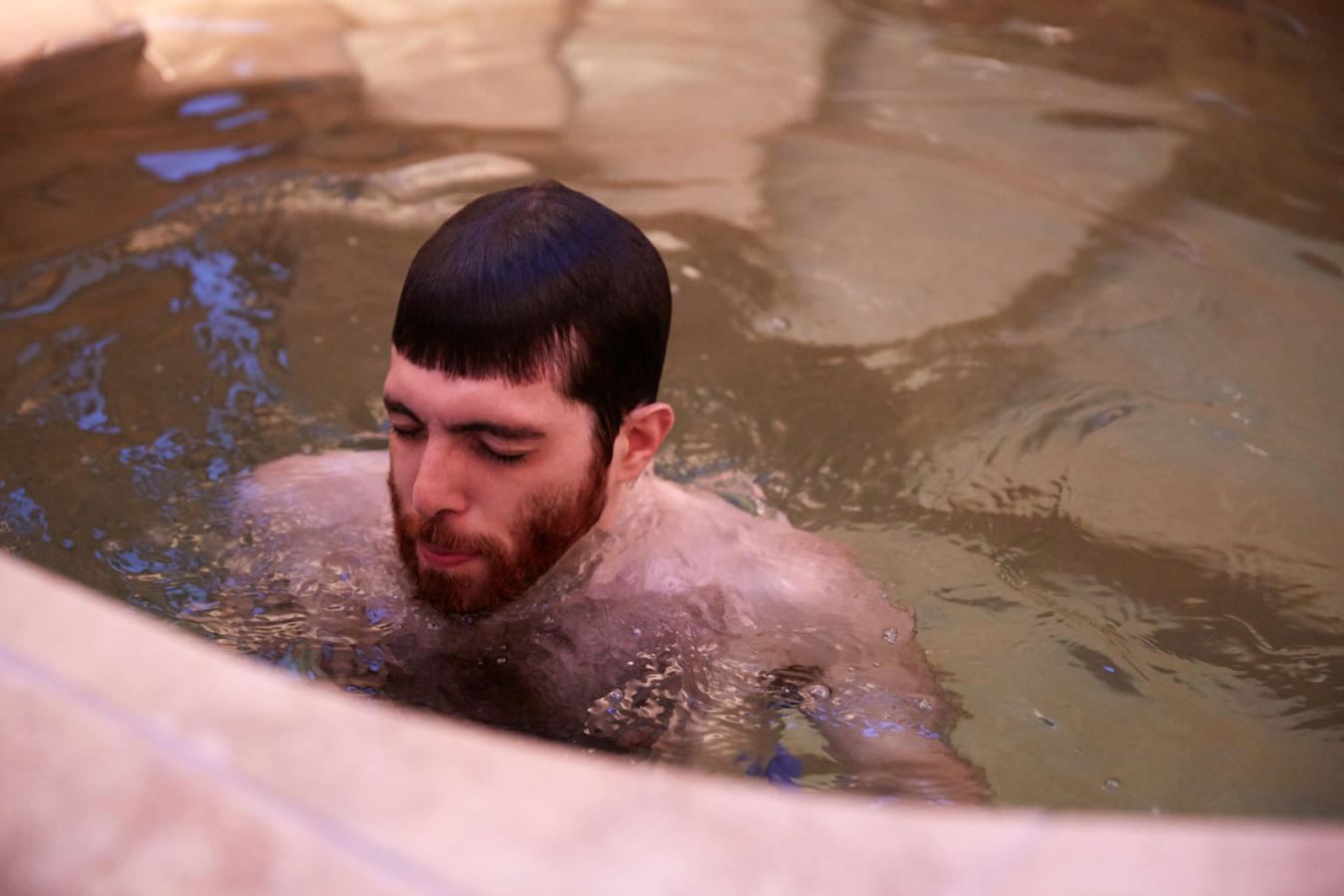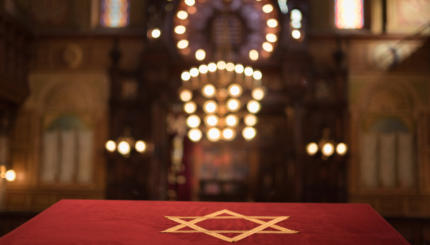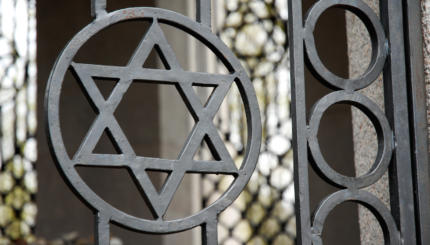Jewish conversion is a process, sometimes taking years of study and practice, that culminates in a conversion ceremony. As with all things relating to conversion, the particulars differ depending on the rabbi and the denomination, but typically it will involve three main components: the appearance before an assembly of Jewish authorities, immersion in a body of water, and the adoption of a Hebrew name.
Appearance Before the Beit Din
The general practice is that a prospective convert will come before a rabbinic court, known as a Beit Din, on the day of conversion. In the Orthodox world, this panel will be comprised of three rabbis. In liberal circles, the panel may be made up of rabbis or community members. The Beit Din is meant to confirm that the convert is sincere, knowledgeable, and entering into the Jewish covenant of their own free will. In a traditional conversion, the Beit Din will also witness the convert’s immersion into a mikveh and, for men, circumcision.
Orthodox: It is generally the practice within Orthodoxy that a conversion candidate will have already met with the Beit Din prior to the conversion. The Beit Din’s questioning of a candidate on the day of conversion is therefore largely a formality, as the candidate’s suitability for conversion has typically already been established. The rabbis will ask a number of questions to make sure the prospective convert is familiar with the basics of Jewish practice and embraces the major tenets of Jewish belief. In Orthodoxy, it is expected that a convert is already leading an Orthodox life, living in an Orthodox community, and observing the major Jewish practices in accordance with Orthodox standards at the moment of conversion — though with the acknowledged caveat that a convert may not be familiar with every particular Jewish commandment. The candidate will also make a formal declaration of acceptance of Judaism’s religious obligations, a process known as kabbalat ol hamitzvot (“acceptance of the burden of the commandments”), and commit to living an Orthodox Jewish lifestyle. If the convert is an uncircumcised man, he will have undergone a surgical procedure in advance of the conversion day so the wound has time to heal. If the man was already circumcised, a symbolic letting of blood, known as hatafat dam brit, will be performed, often on the day of conversion though sometimes in advance. This too much be witnessed by the Beit Din.
Conservative: Conservative movement practices around Beit Din are largely similar to Orthodox ones, though a Conservative court won’t necessarily be composed entirely of men. For men who require it, hatafat dam brit is also performed — normally on the day of conversion, though not always. The principal distinction between Orthodox and Conservative practices on the day of conversion is in the expectations of a convert’s religious practice. In the Conservative movement, the supervising rabbis are generally less concerned with the convert’s specific Jewish knowledge and practice than in their level of commitment. Rabbis will generally accept a conversion candidate that is striving to live an observant Jewish life, even if they aren’t presently fully doing so. They candidate will typically read a statement of intent along these lines prior to immersing in the mikveh. A sample text of such a declaration, included in the movement’s rabbinic manual, states that a candidate will do their best to make specific Jewish practices part of their life, including raising and educating Jewish children, observance of Shabbat and holidays, prayer, communal affiliation, and keeping kosher.
“It is critical that the convert say I now commit myself to being bound by the system of mitzvot — not necessarily committing to observing every single mitzvah, but entering into a system that now has a claim on my behavior,” said Rabbi Jonathan Lubliner, author of “At the Entrance of the Tent: A Rabbinic Guide to Conversion.”
Reform: Reform rituals for the day of conversion vary widely. The Reform movement affords its clergy broad authority to make their own choices around conversion practices, and it’s difficult to generalize about what those practices entail. “There is no typical in Reform Judaism, so it will vary enormously” said Rabbi Dana Evan Kaplan, the editor of the 2018 book “A Life of Meaning: Embracing Reform Judaism’s Sacred Path” and the author of an essay on conversion included in that book. Some Reform rabbis may convene a Beit Din, others will recruit members of the community to witness the conversion, while others may dispense with the process altogether. Candidates are expected to make some declaration of commitment to Judaism, to living a Jewish life, and to renouncing the practice of other faiths, though the exact language and expectations are not codified. Many Reform rabbis will also encourage circumcision or hatafat dam brit for men, but that is also not required. The movement officially declared that circumcision is not a requirement for conversion in the 1890s.
Immersion in the Mikveh
Traditional conversion requires the immersion in a Jewish ritual bath known as a mikveh. This remains the expectation in both Conservative and Orthodox conversions, and the immersion must be witnessed by the supervising rabbis. If the candidate is a woman, steps are taken to ensure that her modesty is protected. The common practice is that a woman will wear a loose fitting robe in the mikveh and the rabbis will observe only that she has dunked under the water before leaving the room. In keeping with the recent reclamation of Jewish traditions the Reform movement once shunned, many Reform rabbis will now encourage immersion, either in a mikveh or a natural body of water, though this is rarely a strict requirement.
Adopting a Hebrew Name
Converts to Judaism will all adopt a Hebrew name upon conversion that will be the name that is used in religious contexts, such as when being called to the Torah for an aliyah. The exact practices here can vary significantly, in both Orthodox and liberal communities. A common Orthodox practice is to hold a short naming ceremony immediately following mikveh immersion, though this is not a strict requirement. In Conservative and Reform communities, it’s not not uncommon for a naming ceremony to take place later, sometimes on the Shabbat following the conversion.
Are you considering conversion to Judaism? Sign up here for a special email series that will guide you through everything you need to know.



